We present a collection of math puzzles that are entertaining and enjoyable while contributing to the development of various mental abilities. These puzzles are designed to enhance concentration, stimulate memory, sharpen analytical and deductive reasoning skills, and positively impact the brain from all perspectives. What sets math puzzles apart from others is their ability to test multiple cognitive processes comprehensively, stimulating memory and fostering logical thinking. Furthermore, these puzzles cater to individual differences and different age groups. If you're ready for this challenge, let's dive in!
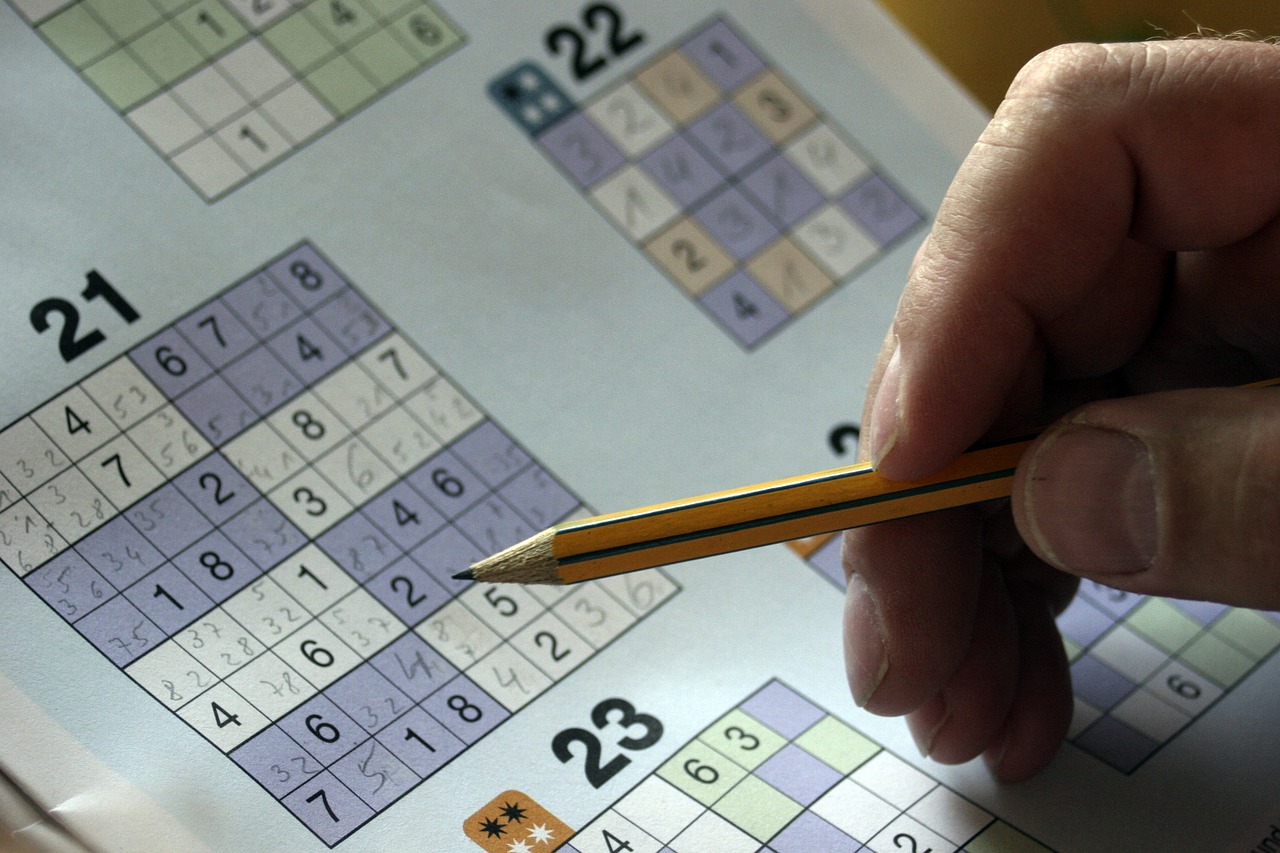
-
Enhancing Concentration:
Math puzzles require focused attention and concentration. Solving them involves analyzing problem statements, identifying patterns, and applying logical strategies. Regular engagement with these puzzles can significantly enhance concentration and improve focus in other areas of life as well.
-
Stimulating Memory:
Math puzzles provide an excellent workout for memory. Remembering mathematical concepts, formulas, and patterns is essential for solving these puzzles. Continual exposure to math puzzles strengthens memory retention and recall abilities, benefiting individuals in various academic and professional endeavors.
Puzzle No. 1
In the picture there is a group of numbers that have a common link, and the equation must know what the correct number should be to replace the sign. Understanding?
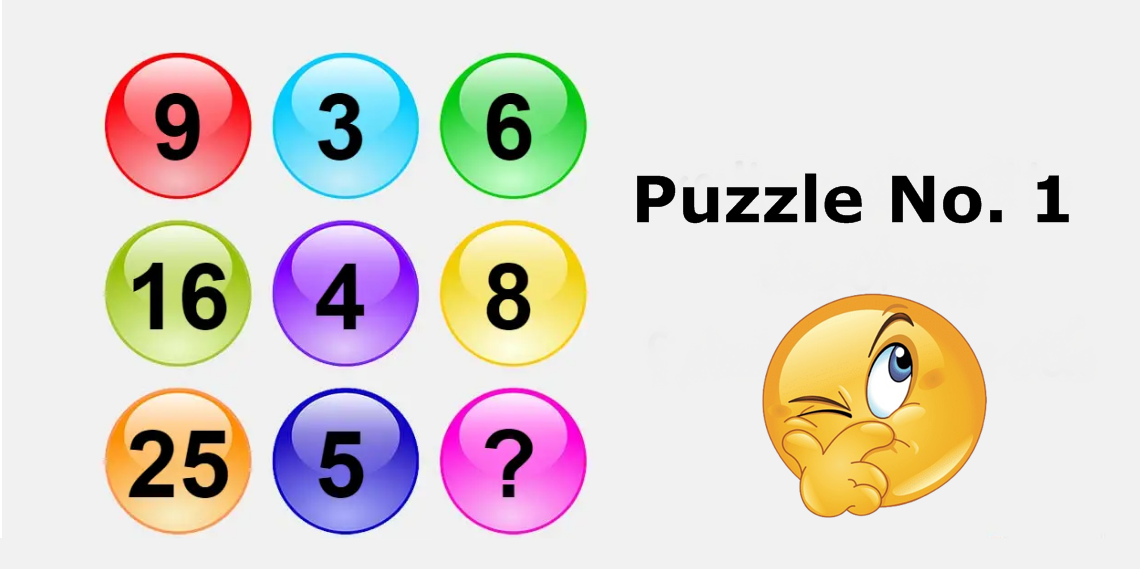
In the given picture, there is a group of numbers that share a common link, and the equation requires determining the correct number to replace the sign. This puzzle challenges your ability to identify the underlying pattern or rule governing the numerical sequence. By carefully analyzing the numbers and applying logical reasoning, you can uncover the missing number and successfully complete the equation. Are you ready to put your puzzle-solving skills to the test and uncover the solution?
Puzzle No. 2
Is there an incorrect equation in the picture? How can one match return to be correct?
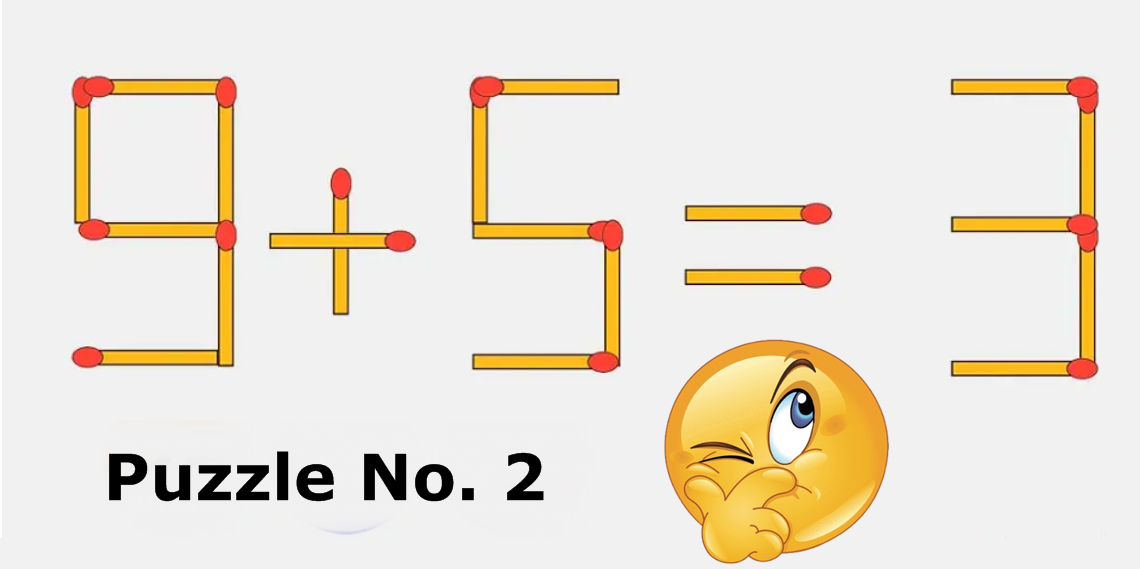
In the picture, there is an incorrect equation. How can moving just one matchstick make the equation correct? This puzzle challenges you to manipulate the arrangement of the matchsticks in order to transform the equation into a valid one. By strategically shifting a single matchstick, you can alter the mathematical expression and achieve a correct solution. Solving this puzzle requires careful observation, logical thinking, and an understanding of how the components of the equation can be rearranged to achieve the desired outcome. Can you figure out the precise movement of that one matchstick to make the equation mathematically accurate?
Puzzle No. 3
In the picture there is a group of numbers and you are required to know the number that is different from the rest. I remind you before answering, do not make your thinking limited and closed, but think more broadly?
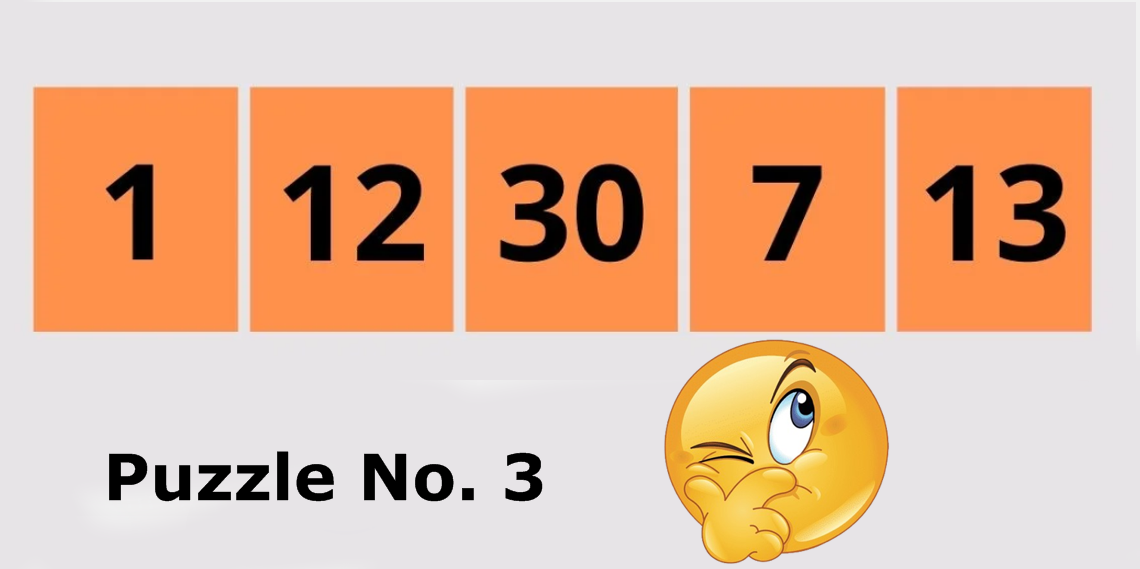
In the picture, there is a group of numbers, and your task is to identify the number that is different from the rest. Before providing the answer, I remind you not to confine your thinking to limited and narrow possibilities. Instead, approach the puzzle with an open and broader mindset. Allow yourself to explore alternative perspectives and consider a wider range of possibilities. By thinking outside the box, you can uncover the unique number that stands apart from the others. Are you ready to expand your thinking and discover the intriguing solution?
Puzzle No. 4
In the picture there is a group of numbers and you are asked to find the missing number that should replace the question mark?
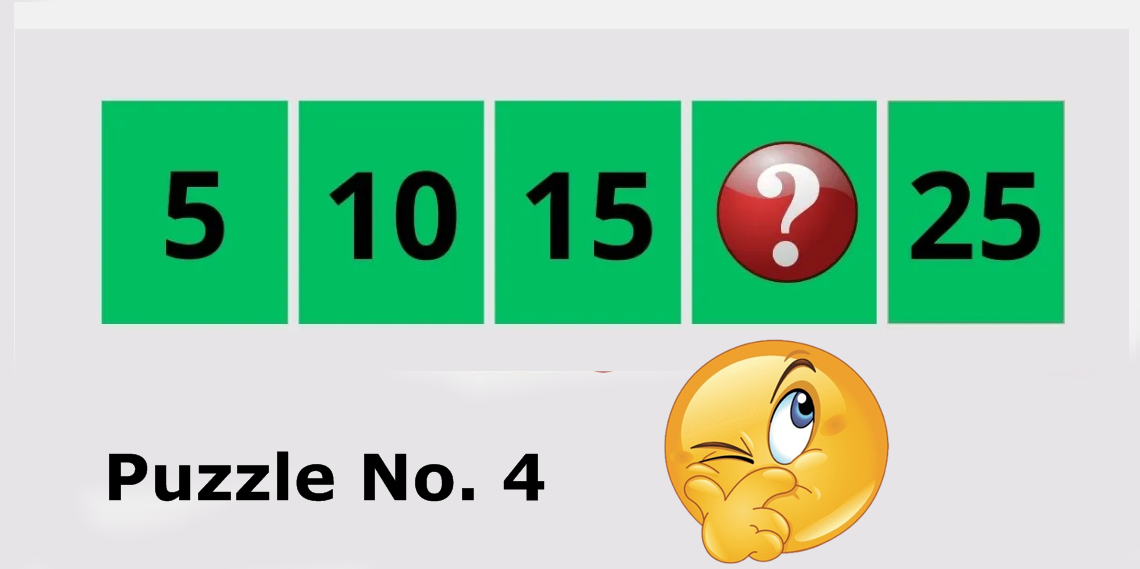
In the picture, there is a group of numbers, and your task is to determine the missing number that should replace the question mark. This puzzle challenges you to identify the pattern or rule governing the sequence of numbers and apply it to find the correct missing value. By carefully examining the given numbers and analyzing their relationships, you can deduce the precise number that should fill the placeholder. Are you ready to put your analytical skills to the test and uncover the missing value that completes the sequence?
Puzzle No. 5
We will show you a picture containing a set of squares, and you are asked to identify the numbers that should replace the question mark, so we can see your strength of connection and analysis?
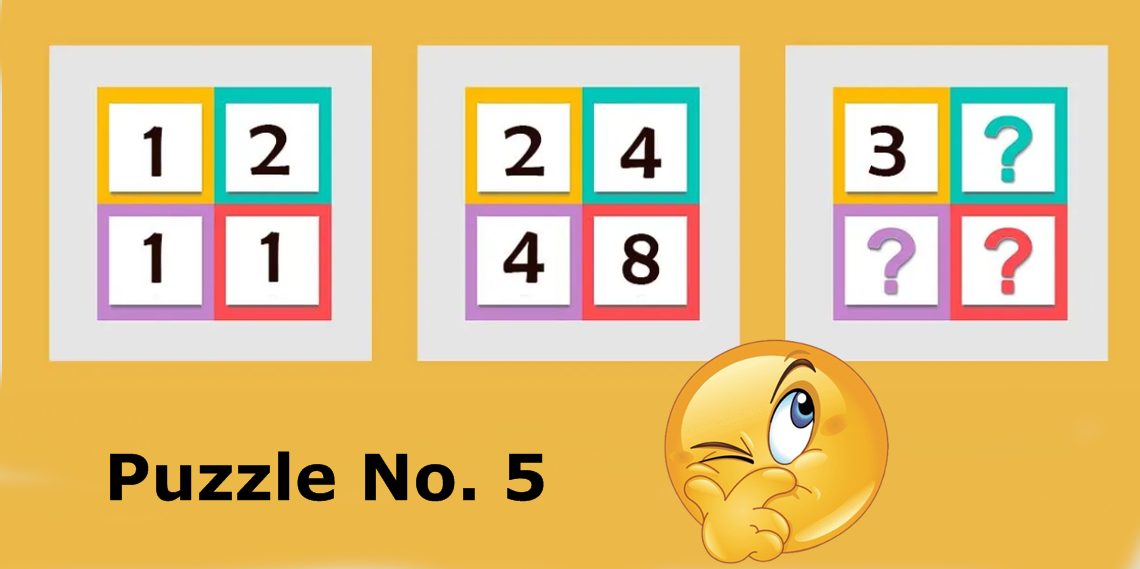
We will present you with an image featuring a group of squares, and your task is to determine the numbers that should replace the question marks. This puzzle aims to test your ability to establish connections and utilize analytical thinking. By examining the patterns and relationships within the squares, you can decipher the missing numbers and showcase your prowess in linking information and conducting analysis. Let's see how strong your ability to establish connections and analyze data truly is!
Puzzle No. 6
You have four matchsticks, as in the picture, and you are required to move only one matchstick in order to obtain the shape of a square. Think carefully and do not give up and think that it is impossible!
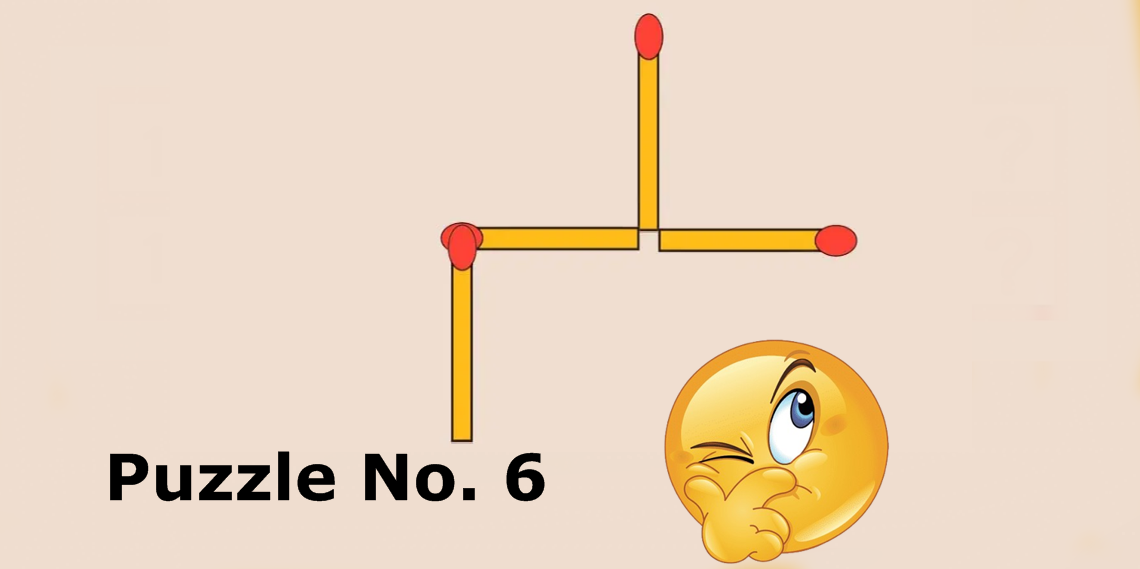
You have four matchsticks, as shown in the picture, and your task is to move just one matchstick to form a square. This puzzle requires concentration, perseverance, and an open mind. Though it may initially seem impossible, remember not to give up and instead approach the problem with a focused mindset. By carefully considering different arrangements and exploring creative solutions, you can discover the precise movement of that one matchstick that will transform the configuration into a square. Don't underestimate your problem-solving abilities and embrace the challenge with determination. You might be surprised by what you can achieve!
Puzzle No. 7
In the picture there are a group of things that indicate a well-known popular proverb. You are asked to know what the popular proverb is. This question depends on popular culture and the ability to connect elements?
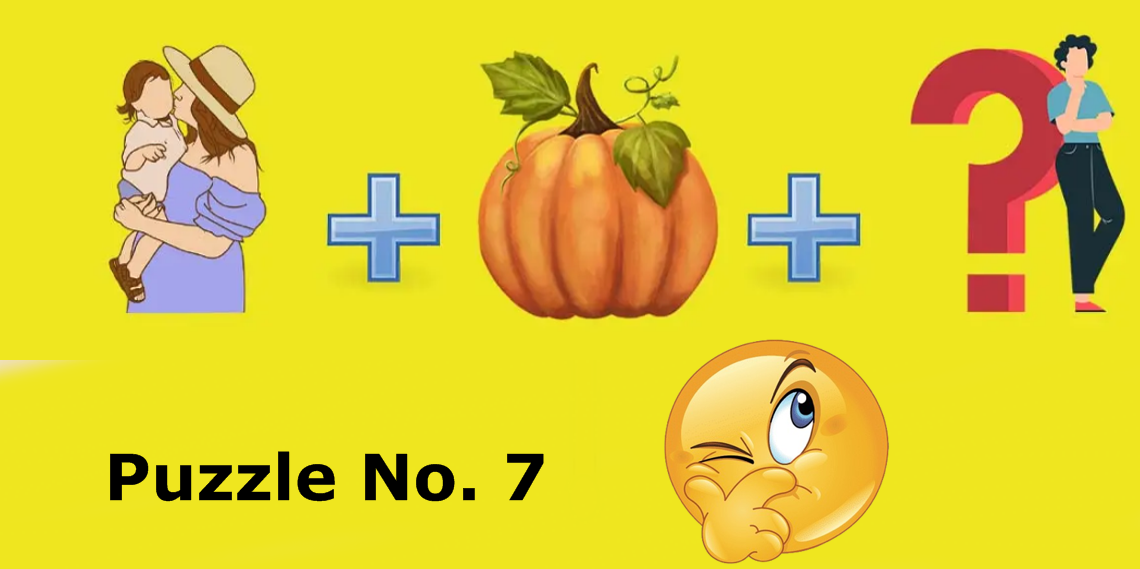
In the picture, there is a collection of objects that symbolize a well-known folk proverb. Your task is to identify the folk proverb represented by these objects. This question relies on your knowledge of popular culture and your ability to make connections between the elements. By drawing upon your understanding of folk sayings and cultural references, you can decipher the proverb that the objects convey. This puzzle emphasizes the importance of cultural awareness and the ability to recognize the significance of different elements in relation to a broader context. Can you unravel the folk proverb hidden within the picture?.
-
Developing Analytical and Deductive Reasoning:
Math puzzles encourage analytical thinking and deductive reasoning. They require breaking down complex problems into smaller, manageable parts, identifying relationships and connections, and drawing logical conclusions. Engaging in these puzzles nurtures critical thinking skills and enhances problem-solving abilities.
-
Catering to Individual Differences and Age Groups:
Math puzzles come in various levels of difficulty, accommodating different skill levels and age groups. From simple arithmetic puzzles for beginners to complex algebraic equations for advanced problem solvers, there is a wide range of options available. This ensures that individuals of all ages and mathematical backgrounds can find puzzles suitable for their abilities, fostering growth and development.
-
Enhancing Problem-Solving Skills:
Math puzzles present individuals with unique challenges that require them to think outside the box and employ creative problem-solving strategies. These puzzles encourage individuals to break down complex problems into simpler components, analyze patterns, and devise logical approaches to find solutions. Regular engagement with math puzzles hones problem-solving skills and equips individuals with valuable tools for tackling real-life challenges.
-
Fostering Logical Reasoning:
Math puzzles demand logical reasoning and deductive thinking. They often require individuals to make connections, infer conclusions, and apply mathematical principles to arrive at solutions. By engaging with math puzzles, individuals develop a structured and systematic approach to problem-solving, enhancing their logical reasoning abilities and critical thinking skills.
-
Cultivating Creativity:
Math puzzles provide a platform for creative thinking, encouraging individuals to explore different approaches and strategies to solve problems. They challenge individuals to think innovatively, consider multiple perspectives, and discover unconventional solutions. The process of solving math puzzles fosters creativity and nurtures a mindset that embraces curiosity and exploration.
-
Promoting Mathematical Fluency:
Engaging in math puzzles improves mathematical fluency by reinforcing concepts, formulas, and problem-solving techniques. Solving puzzles requires individuals to apply mathematical knowledge in practical and engaging ways, reinforcing their understanding and retention of mathematical principles. This fluency carries over to other areas of mathematics and builds a solid foundation for further learning.
-
Enjoyment and Engagement:
Math puzzles offer an enjoyable and engaging experience, making learning mathematics a captivating adventure. The thrill of uncovering solutions, the satisfaction of cracking a challenging puzzle, and the sense of accomplishment that comes with each solved problem create a positive and rewarding learning environment.
These easy puzzles can be solved, but they do require concentration. While they may not be overly challenging, maintaining focus and attentiveness is crucial to successfully unraveling their solutions. By dedicating your full attention to these puzzles, you can sharpen your mental acuity and improve your problem-solving skills. So, embrace the challenge, engage your mind, and enjoy the reward of unraveling these seemingly simple yet captivating puzzles.
Puzzle No. 8
There are four shapes in the picture, and you are required to know which shape indicates the country of India?
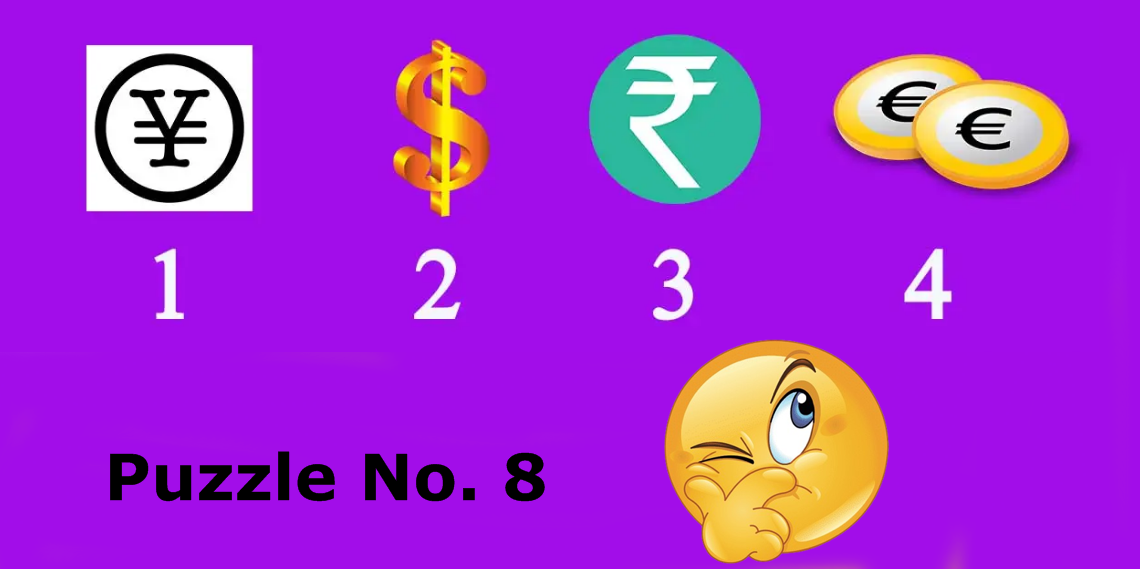
In the picture, there are four shapes, and your task is to identify the shape that represents the country of India. This puzzle challenges your knowledge of national symbols and cultural representations. By considering iconic symbols associated with India, such as landmarks, flags, or cultural emblems, you can determine which shape corresponds to the country. This puzzle highlights the importance of cultural awareness and the ability to recognize distinctive elements associated with different nations. Can you identify the shape that represents India among the options provided in the picture?
Puzzle No. 9
What is the apparent connection between the numbers shown in the following pictures?
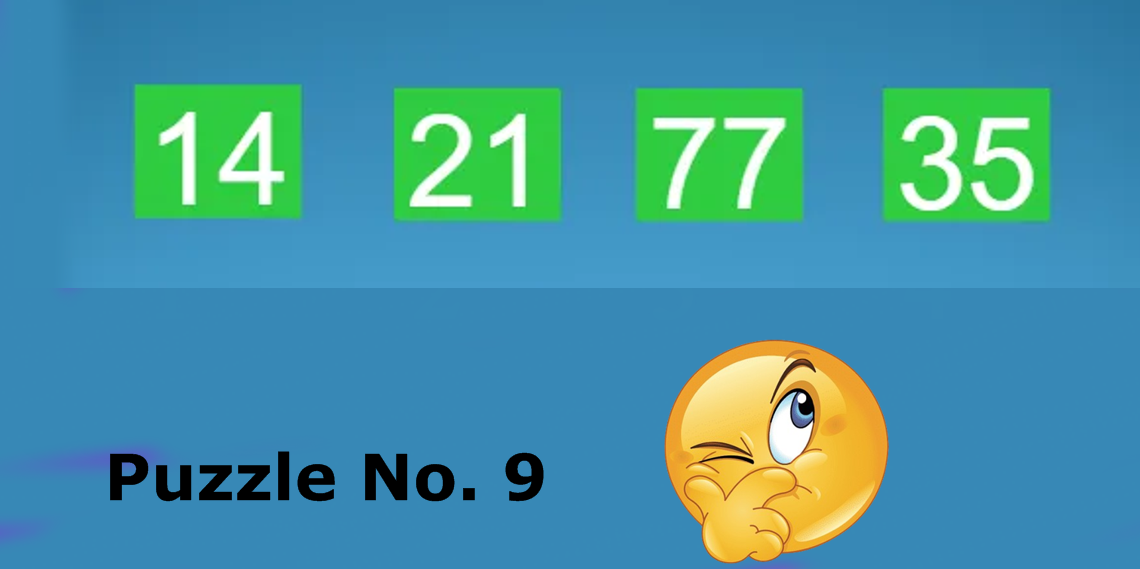
What is the common link between the numbers depicted in the following pictures? This puzzle challenges you to identify the underlying connection or pattern that links the numbers together. By closely examining the sequence of numbers and analyzing any recurring themes or relationships, you can uncover the common link that ties them all together. This puzzle encourages critical thinking, observation, and the ability to recognize patterns and connections. Can you decipher the shared characteristic that connects the numbers in the given pictures?
Puzzle No. 10
What number is missing in the following picture?
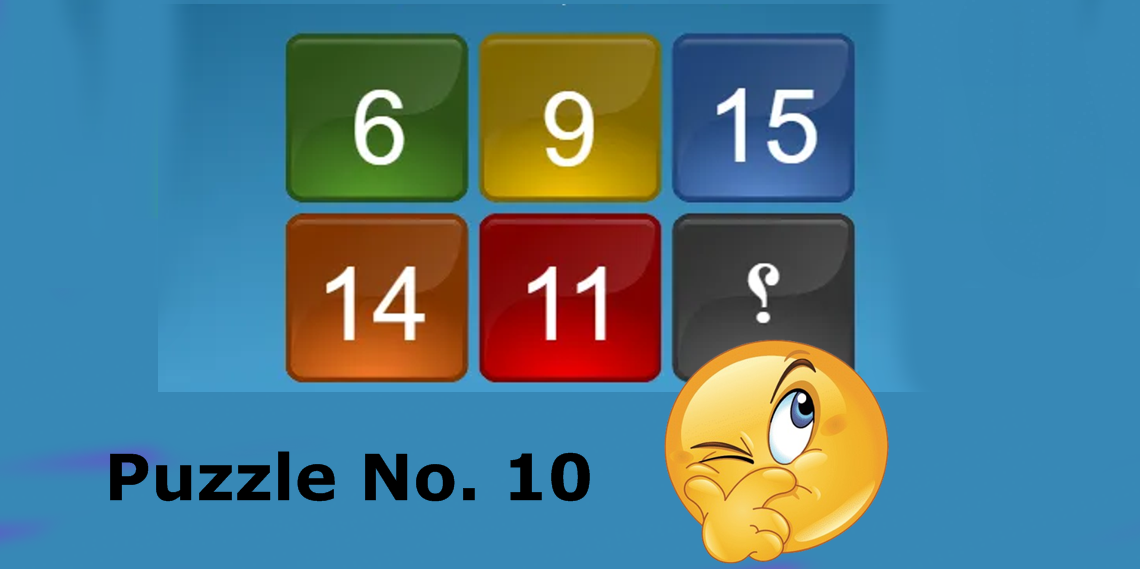
Puzzle No. 11
What is the missing word in the following picture, which consists of four letters?
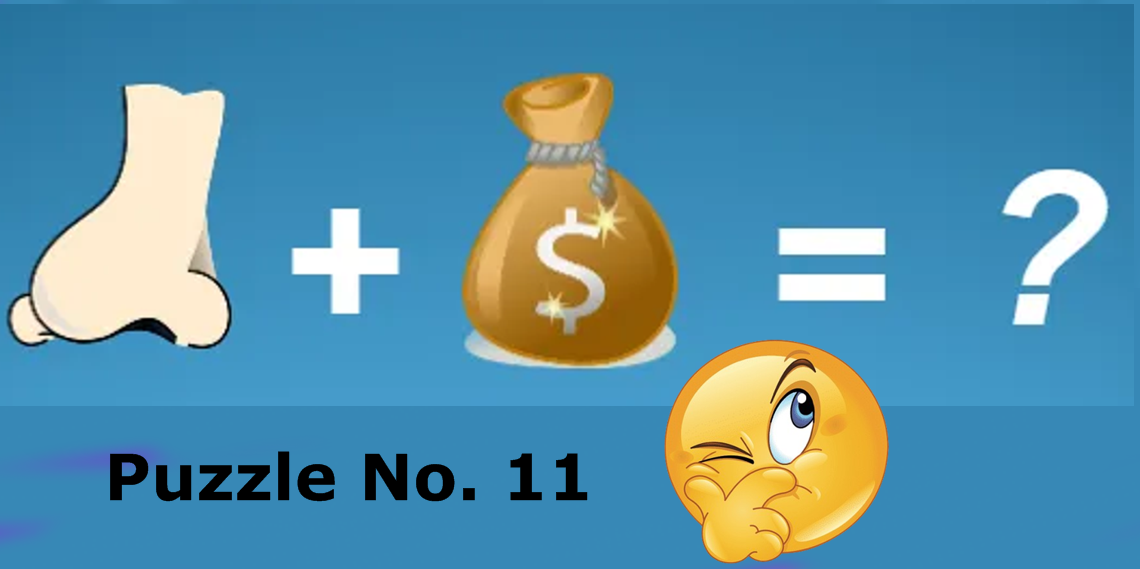
What is the missing four-letter word in the following picture? This puzzle challenges you to identify the word that completes the given image. By carefully examining the context, visual cues, and any available clues, you can deduce the missing word and fill in the blank. This puzzle tests your vocabulary, observational skills, and ability to make connections. Are you ready to uncover the four-letter word that completes the picture?
Puzzle No. 12
In the picture there are four shapes numbered from 1 to 4. You are asked to identify the different shape and explain why?
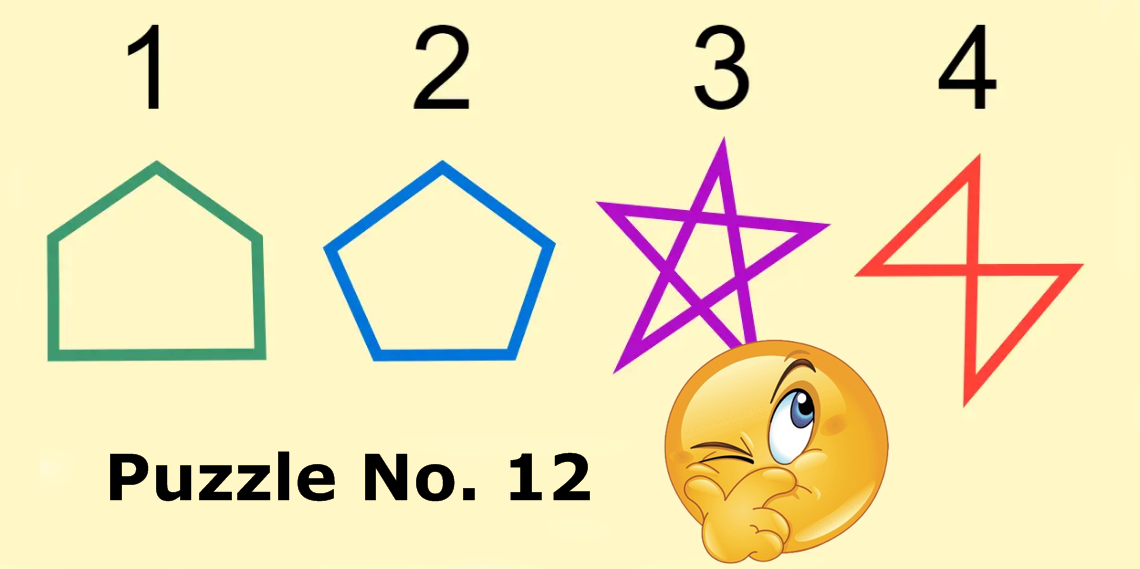
In the picture, there are four numbered shapes from 1 to 4, and your task is to identify the shape that is different from the rest. Additionally, please provide an explanation for your choice. This puzzle challenges your ability to observe and analyze visual elements. By carefully examining the shapes and comparing their features, such as their size, orientation, or internal components.
If you can solve this puzzle, send the answer via WhatsApp to the following number: +212 718-615291


You must be logged in to post a comment.